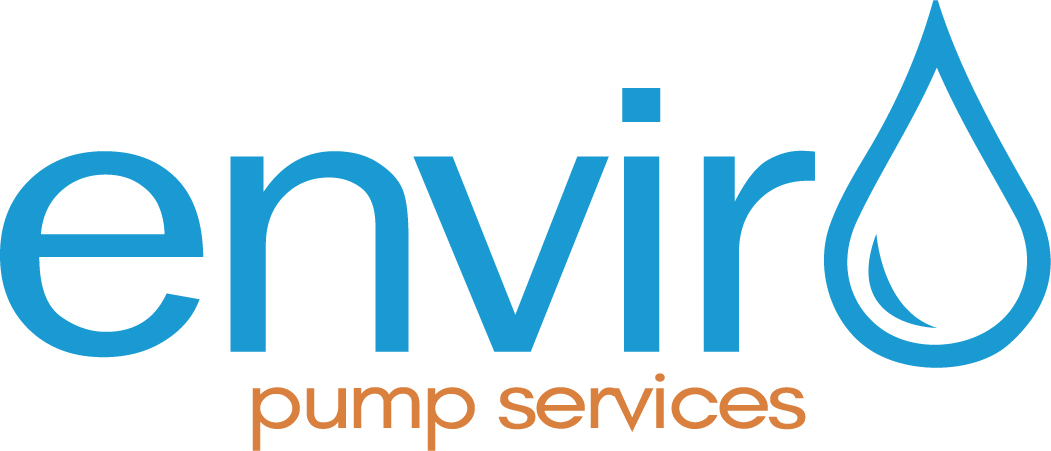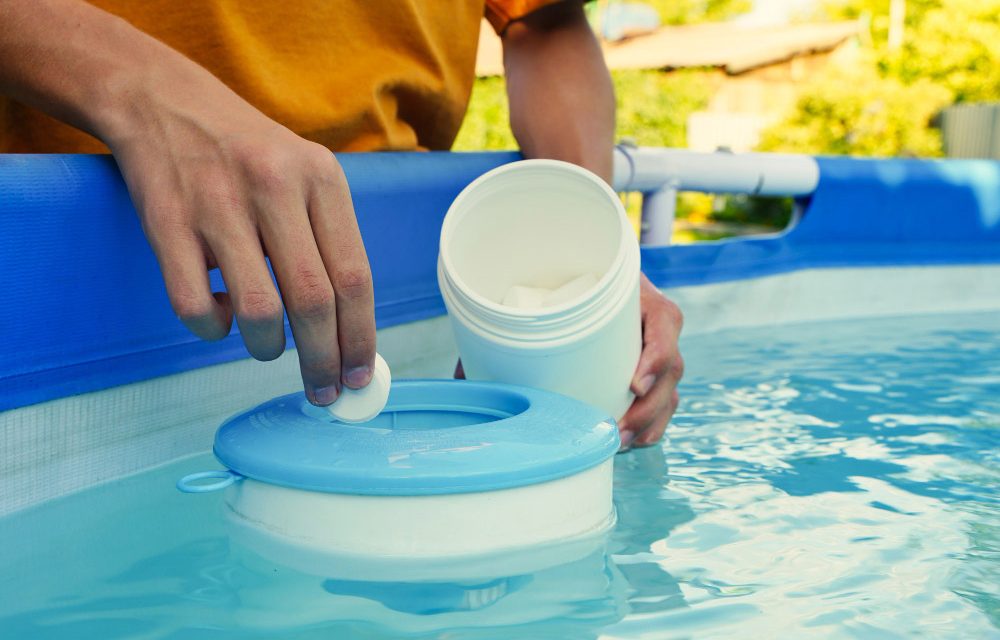Maintaining crystal clear waters in your swimming pool is not just about aesthetic appeal; it’s also about ensuring the health and safety of everyone who dives in. In this context, the role of a chlorinator becomes crucial. Chlorinators, widely used across Australia, play a pivotal role in sanitising pool water, keeping it free from harmful bacteria and algae. This comprehensive guide delves into the essentials of pool chlorination, exploring its importance, various types, and installation nuances.
Understanding Pool Chlorination
Chlorination is a process where chlorine is added to pool water to kill bacteria, viruses, and other microorganisms, ensuring the water is safe for swimming. Chlorine, a powerful sanitiser, reacts with water to form hypochlorous acid, which attacks the cell walls of microbes, neutralising these harmful contaminants.
In Australia, where the climate is ideal for swimming for most of the year, maintaining proper chlorine levels in pools is critical. Australian Standard AS 3633-1989 specifies guidelines for private swimming pool water quality, emphasising the importance of adequate chlorination. In various forms – gas, liquid, granular, or tablet – chlorine caters to different pool types and sizes, offering flexibility in maintaining water hygiene.
Types of Pool Chlorinators
Choosing the right chlorinator for your pool is vital for effective water treatment. The most common types include:
- Saltwater Chlorinators: These systems convert salt into chlorine using electrolysis. Widely popular in Australia, they are known for being gentle on the skin and eyes. They require less handling of chemicals but need a stable salt level in the pool.
- Tablet Chlorinators: These use chlorine tablets and are praised for their ease of use and consistent chlorine release. Ideal for small to medium-sized pools, they are cost-effective and simple to maintain.
- Liquid Chlorine Feeders: These systems automatically dose liquid chlorine into the pool. They are precise but require careful handling and storage of the chlorine solution.
- Granular Chlorine Feeders: Similar to tablet chlorinators but use granular chlorine. They offer more control over dosing but require regular monitoring.
Each type has its advantages and disadvantages, and the choice largely depends on individual preferences, pool size, and maintenance commitment.
The Benefits of Using a Chlorinator
Implementing it in your pool maintenance routine offers several advantages:
- Consistent Chlorine Levels: It ensure a steady supply of chlorine, maintaining optimal levels at all times, crucial for pool hygiene and compliance with Australian health standards.
- Improved Water Quality: Regular and even distribution of chlorine keeps the water clear and free from harmful organisms, enhancing the swimming experience.
- Cost-Effective: Although the initial setup cost might be higher, it reduces the overall expenditure on pool chemicals in the long run.
- Convenience: Automated chlorinators save time and effort, as they require less frequent manual intervention compared to traditional methods of chlorination.
Installation and Setup
Installing them is a task that can be approached as a DIY project or by seeking professional help. Here’s a basic guide for installation:
- Choose the Right Location: It should be installed near the pool filtration system, typically after the filter and heater (if present).
- Plumbing: Connect them to the pool’s plumbing system. For inline chlorinators, they need to be plumbed directly into the return line. Ensure all connections are secure to prevent leaks.
- Electrical Setup: For saltwater and electronic chlorinators, proper electrical setup is necessary. Adhering to Australian standards (AS/NZS 3000:2018), ensure that all electrical work is done safely and, if unsure, consult a professional.
- Calibration: Once installed, calibrate them according to the manufacturer’s instructions and the size of your pool. This ensures the correct amount of chlorine is being dispersed.
- Safety First: Always follow safety guidelines while handling and installing them. Wear protective gear when dealing with chemicals, and ensure that the installation complies with local safety regulations.
Operating a Chlorinator
Operating it efficiently is key to maintaining the perfect balance in your pool water. The process varies slightly depending on the type of it, but the basic principles remain the same.
- Setting the Right Chlorine Levels: Adjust it to release chlorine according to the pool’s size and usage. Australian guidelines recommend keeping chlorine levels between 1-3 ppm (parts per million) for safe swimming conditions.
- Regular Monitoring: Regularly check chlorine levels using a testing kit. This is important as factors like pool usage, rainfall, and temperature can affect chlorine levels.
- Adjusting for Conditions: Be prepared to adjust the settings seasonally or in response to changes in pool usage. More frequent use, especially during the Australian summer, might require higher chlorine levels.
- Avoiding Common Mistakes: Over chlorination can lead to irritated skin and eyes, while under chlorination can allow algae and bacteria to thrive. Follow manufacturer guidelines and Australian standards to avoid these issues.
Maintenance and Troubleshooting
Maintaining your chlorinator is crucial for its longevity and efficiency. Regular maintenance tasks include:
- Cleaning the Cell: For saltwater chlorinators, clean the cell every 3-6 months to remove calcium build-up, following the manufacturer’s instructions.
- Checking for Blockages: Regularly inspect for blockages or clogs, particularly in tablet and granular chlorinators.
- Replacing Parts: Wear and tear can affect it’s parts like O-rings, gaskets, and timers. Check these components periodically and replace as needed.
For troubleshooting, common issues include low chlorine output, which could be due to low salt levels in saltwater systems, clogged cells, or depleted chlorine tablets. If troubleshooting doesn’t resolve the issue, consult a professional.
Health and Safety Considerations
Handling chlorine and operating chlorinators require adherence to health and safety guidelines:
- Safe Handling of Chemicals: When handling chlorine, wear protective gear like gloves and goggles. Store chlorine in a cool, dry place away from direct sunlight, as per Australian safety standards.
- Preventing Overexposure: Ensure bathers in the pool are not exposed to high levels of chlorine, which can cause health issues. Regularly test water to maintain safe chlorine levels.
- Following Australian Regulations: Comply with Australian health and safety regulations in all aspects of its use and maintenance to ensure safe swimming conditions.
The Environmental Impact of Chlorinators
Chlorinators, especially traditional ones, can have an environmental impact, primarily through the production and disposal of chlorine. In Australia, there is growing awareness and regulation regarding the environmental aspects of pool maintenance:
- Chemical Use: Excessive chlorine can lead to off-gassing and can affect local waterways if not handled correctly.
- Sustainable Options: Consider eco-friendlier options like saltwater chlorinators, which produce less chemical waste.
- Efficient Use: Optimising them to avoid over chlorination not only protects swimmers but also minimises environmental impact.
In summary, chlorinators play a vital role in maintaining the clarity and hygiene of pool waters. From installation and operation to maintenance and environmental considerations, understanding the full spectrum of chlorinator use is essential for any pool owner. With the right approach and adherence to Australian standards, you can ensure your pool remains a safe and enjoyable place for everyone.
For expert advice, installation, or maintenance services, companies like Enviro Pump Services provide professional support and solutions, ensuring your pool maintenance aligns with the highest standards of efficiency and safety. As we look towards a future where sustainability is increasingly important, understanding and optimising the use of chlorinators in our pools is not just a matter of convenience, but also a commitment to health and the environment.
FAQ
1: What is the ideal chlorine level for a swimming pool, and how do chlorinators help maintain it?
The ideal chlorine level for a swimming pool is typically between 1-3 parts per million (ppm). They help maintain this level by automatically dispensing the right amount of chlorine into the pool. This automation ensures consistent water sanitisation, preventing both under and over-chlorination, which can be harmful to swimmers or ineffective against bacteria and algae.
2: How often should I clean my saltwater chlorinator cell, and why is it important?
A saltwater chlorinator cell should generally be cleaned every 3-6 months, depending on the manufacturer’s recommendations and the pool’s usage. Regular cleaning is important to remove calcium build-up, which can reduce the efficiency of the cell and lead to poor chlorine production. Failure to clean the cell regularly can shorten its lifespan and compromise the sanitisation of your pool.
3: Can chlorinators be used in all types of pools, including saltwater, freshwater, and chlorinated pools?
Yes, they can be used in various types of pools. Saltwater chlorinators are specifically designed for saltwater pools, where they generate chlorine from salt. For freshwater and traditionally chlorinated pools, tablet, liquid, or granular chlorine feeders are more suitable. It’s important to choose that matches your pool type for effective water sanitisation.
4: Are there any environmental concerns associated with using a chlorinator in my pool?
There are some environmental concerns to consider when using it. Chlorine, especially in excess, can contribute to off-gassing and potentially affect local waterways if pool water is improperly discharged. However, newer chlorinator models, particularly saltwater systems, are designed to be more eco-friendly, reducing chemical waste. It’s important to use them responsibly and follow local guidelines for pool water treatment and discharge.
5: How do I know if my chlorinator is not functioning properly, and what should I do in that case?
Signs that your chlorinator may not be functioning properly include inconsistent chlorine levels, visible algae growth, cloudy pool water, or a chlorine smell. If you suspect it is malfunctioning, first check for common issues like clogged lines, depleted chlorine sources, or incorrect settings. If troubleshooting doesn’t resolve the issue, it’s advisable to contact a professional service provider, like Enviro Pump Services, for expert diagnosis and repair.


